5G new radio (NR) is conceived to provide new service types, namely, enhanced mobile broadband (eMBB), ultra-reliable and low latency communications (URLLC), and massive machine-type communications (mMTC). Among these, eMBB is expected to provide exceptionally fast data speeds to facilitate services that have high throughput requirements such as high definition (HD) video streaming, virtual reality […]
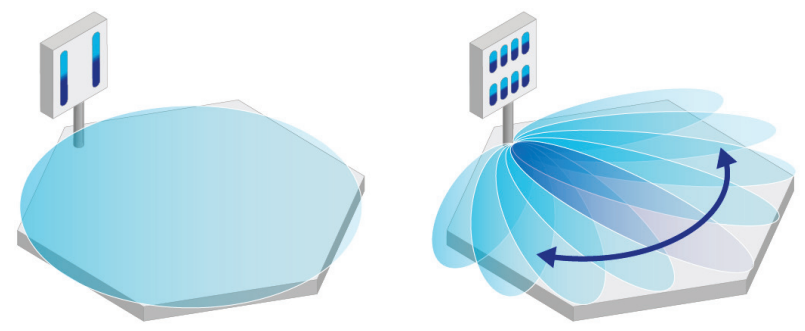

RAN slicing builds on existing 5G network investments to facilitate the creation of next-level services for enterprises and mobile broadband (MBB) end-users while guaranteeing the fulfillment of service level agreements (SLA). What is 5G RAN slicing? In the era of 5G, efficient solutions are needed to address simultaneously services that need high bandwidth and services […]
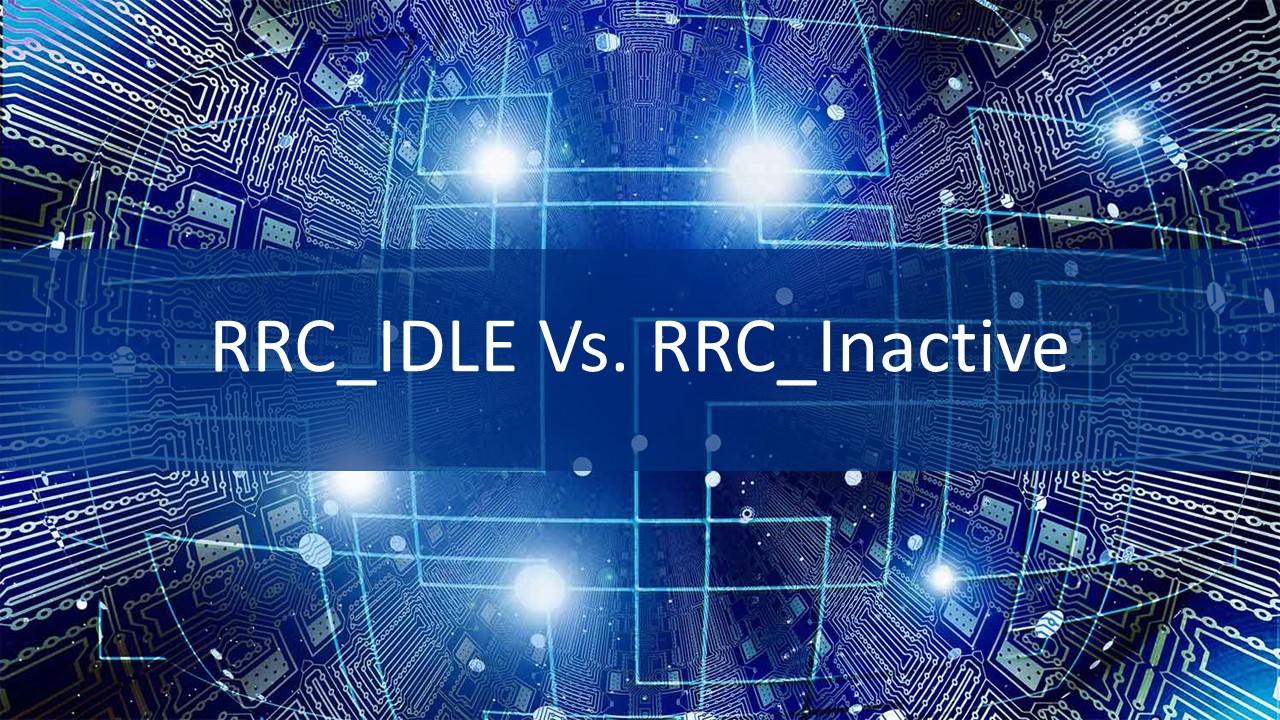
RRC_IDLE The UE is in the idle state when there is no RRC connection established. In RRC_IDLE: A UE specific DRX cycle may be configured by upper layers. UE monitors a paging channel for core network paging using 5G-S-TMSI or IMSI. UE performs neighbor cell measurements and cell reselection. UE acquires system information (SI). RRC_INACTIVE […]
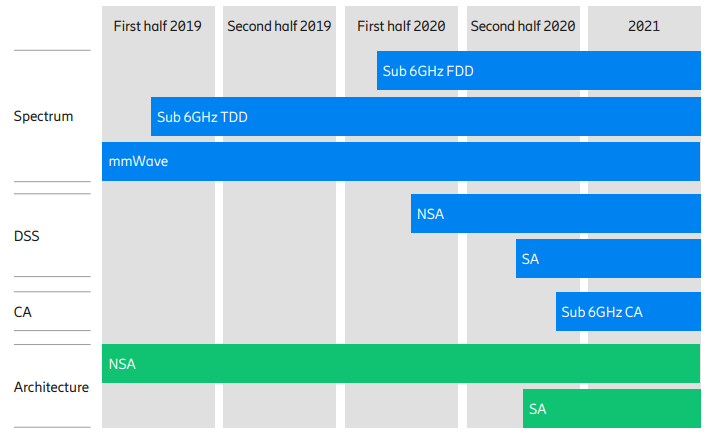
Ericsson Mobility Report provides industry-leading projections and analyses of the latest trends in the mobile industry, including subscription, mobile data traffic, and population coverage. Our forecasts are based on past and current data, validated with extensive network measurements. Read the report to learn about the latest figures for 5G, IoT, fixed wireless access, and more. […]
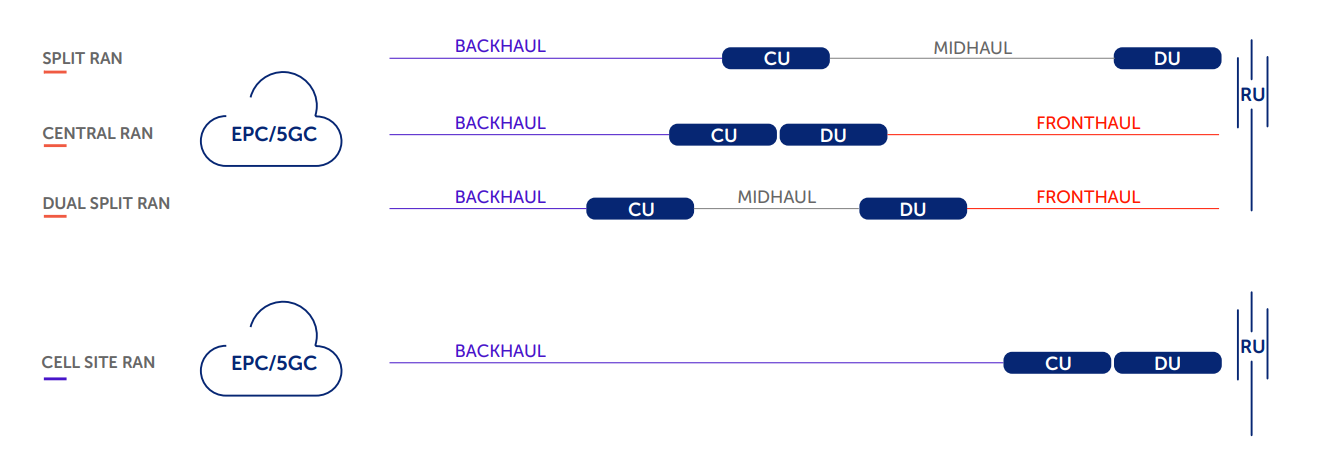
One of the main challenges of successful 5G deployments is network densification. This challenge derives from the need for additional Capacity everywhere and from the use of higher frequency bands in the radio access network (RAN). There are two main approaches to densifying the RAN – Centralized RAN and Decentralized RAN. The decentralized approach follows the […]

In previous cellular technologies (LTE, LTE-M, NB-IoT), cell-specific synchronization and reference signals were used. Always-on reference signals were spread over the entire spectrum for precise channel estimation. 5G NR is a completely new approach regarding cell-specific signals. 5G NR only broadcasts a minimum amount of cell-specific signals with a known sequence that can be measured […]

To understand how 5G achieves the higher data rates, we need to dig into Shannon’s Law to see how engineers have tackled each of the limiting factors from previous generations. Shannon’s Law This is a simplified version of Shannon’s Law: Image Source: Waveform.com 5G improves data rates by attacking the first two components of Shannon’s […]

7IN7 is a Weekly Telecom News Program on YouTube to cover on weekly basis the most important 7 news in 7 days Week 1 Saturday 24-10-2020 till Friday 30-10-2020 Week 2 Saturday 31-10-2020 till Friday 06-11-2020 Week 3 Saturday 07-11-2020 till Friday 13-11-2020 Week 4 Saturday 14-11-2020 till Friday 20-11-2020 The Episodes will be updated […]
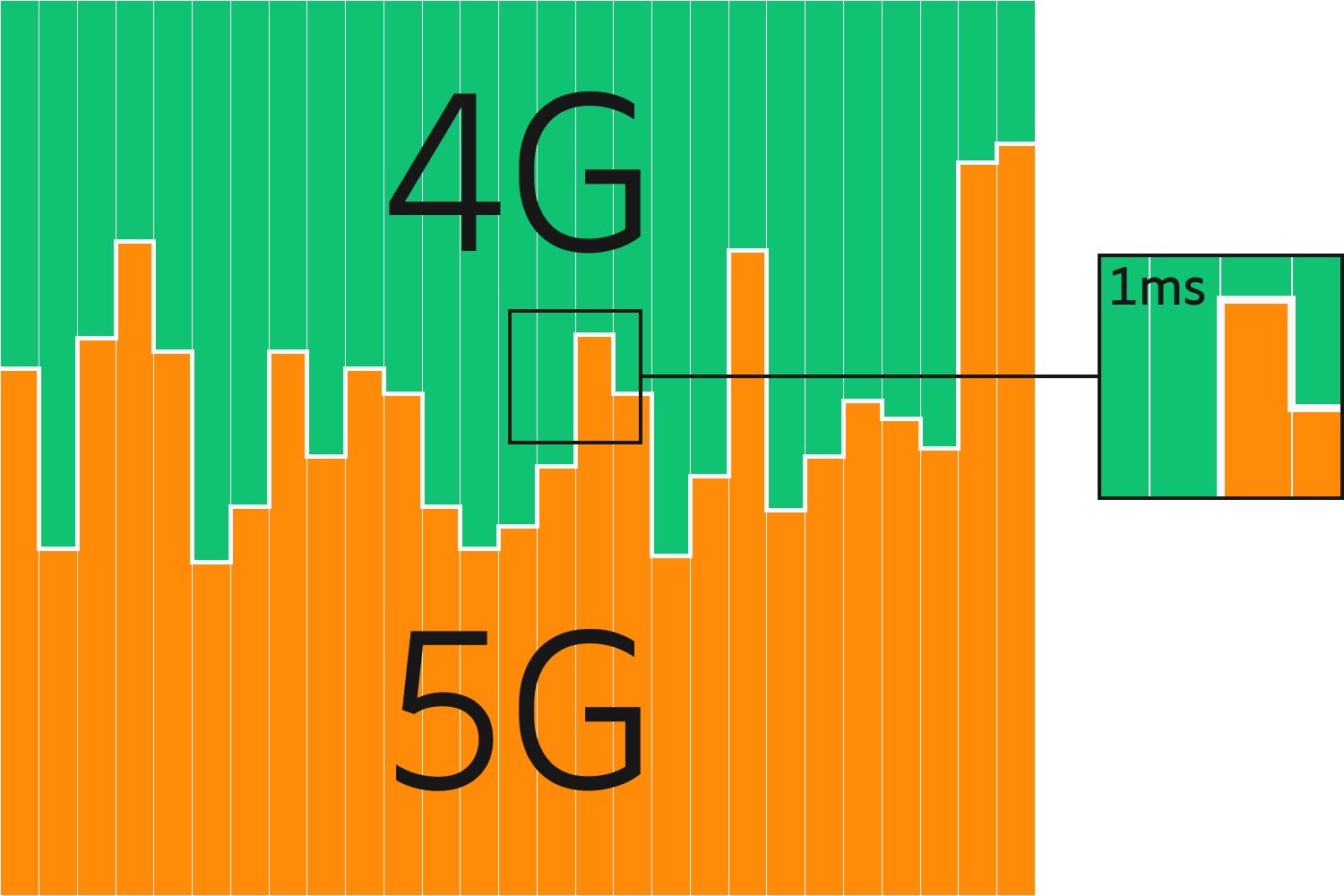
DSS: Dynamic Spectrum Sharing DSS technology has been introduced by the industry to enable 5G services to be delivered in LTE networks to accelerate the availability of 5G services. Traditionally mobile network operators had two main options to deploy new cellular technologies, as follows: Spectrum re-farming, which re-uses the spectrum licensed by mobile operators migrating […]
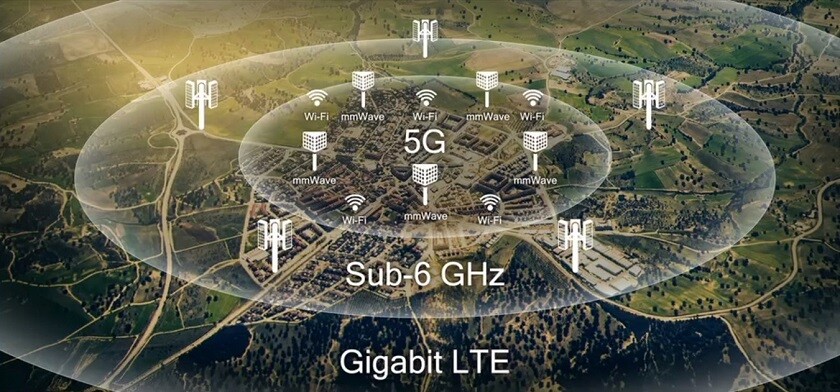
Before talking about the challenges of 5G Network planning and optimization in the mmWave band, let’s start with the common question, Why we need mmWave especially for 5G technology? History of High Frequencies in Mobile Communication While high frequencies have been used for point-to-point network backhaul links, cellular carriers have never before made common use […]
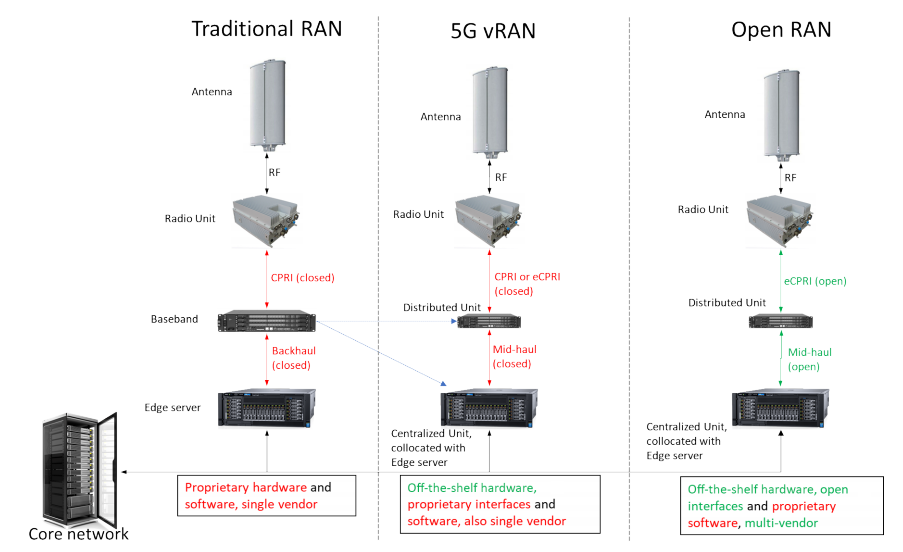
The mobile industry is currently discussing Virtualized RAN (vRAN) and Open RAN, but it is vital to distinguish between these two concepts because they represent different approaches. These two initiatives serve different purposes that may often overlap. From a high-level perspective, the two initiatives are described below • vRAN These networks decouple software from hardware […]
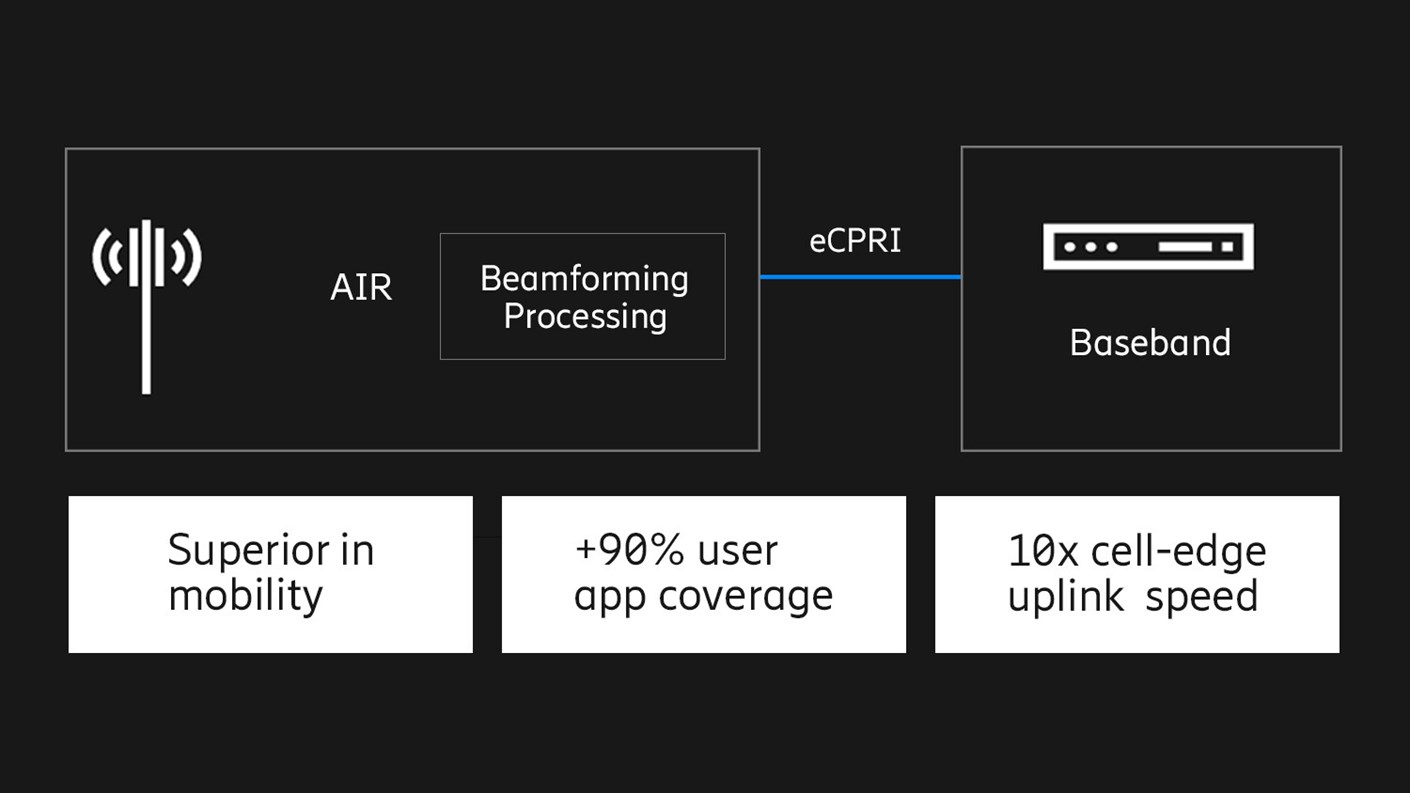
One of the big challenges nowadays in 5G technology is the Uplink or UL. Historically, most mobile network traffic has been on the downlink since users have long craved high data speeds to download their favorite videos. With the new normal, and the increase in video conferencing, the uplink traffic increase by up to 40 percent, putting a significant strain on the uplink as per […]

All 5G iPhone 12 models support Dual SIM mode, which refers to the ability to switch between a SIM card and an eSIM operating on independent numbers and/or carriers. However, an image of a training document from Apple’s Sales Web resources called “What you need to know about 5G on iPhone” and posted to Reddit suggests the iPhone 12 will […]
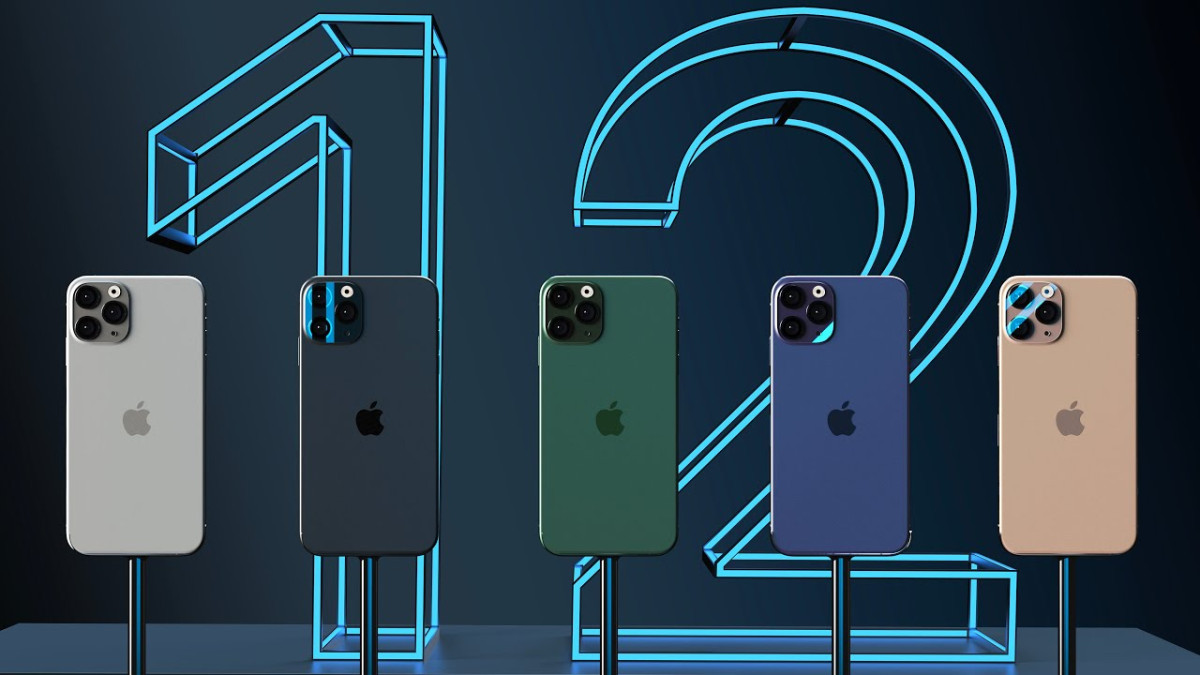
Finally, Apple Inc on October 13,202 launched its next-generation iPhone 12, with faster 5G connectivity. The company announced four new iPhones in a virtual event on Tuesday — the iPhone 12, the iPhone 12 Pro, the iPhone 12 Pro Max, and a new, smaller, iPhone 12 mini. All the phones are 5G-equipped, meaning they can […]
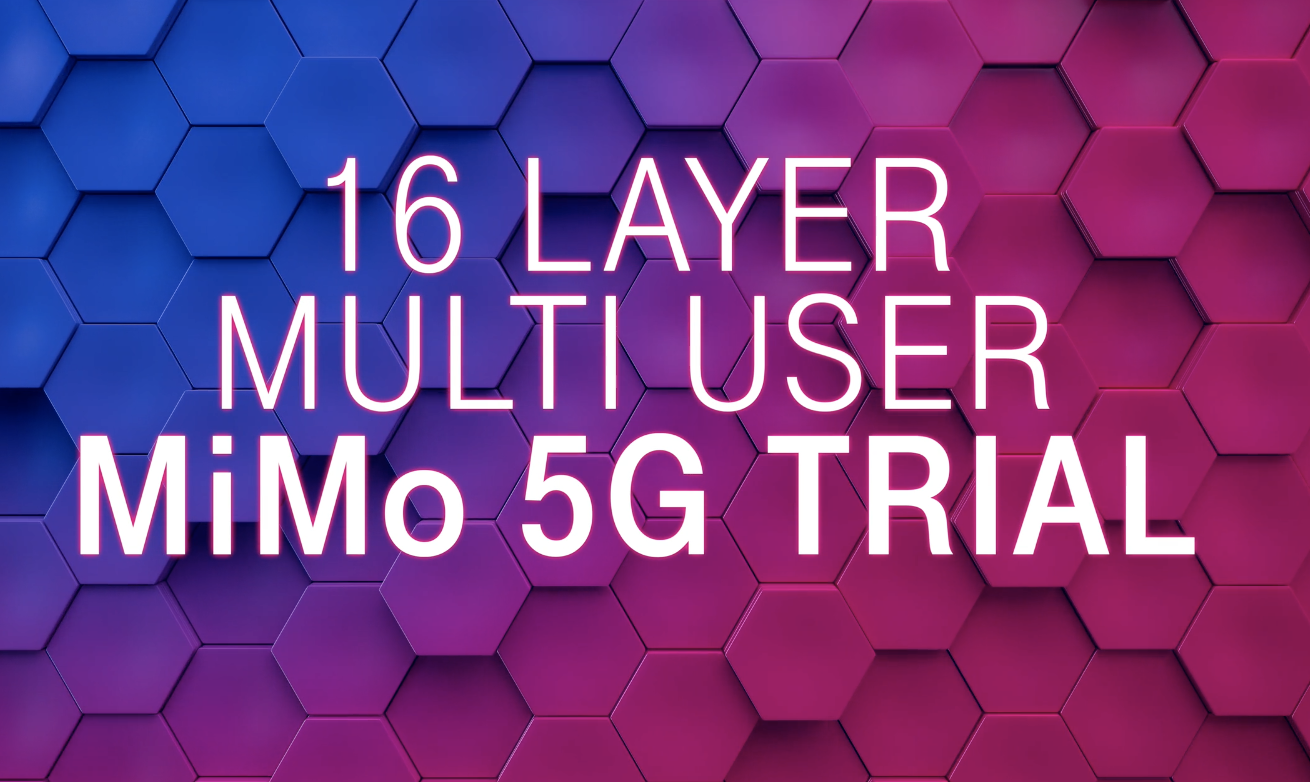
T-Mobile and Ericsson teamed up on a 16-layer multi-user multi-input multi-output (MU-MIMO) demonstration, showcasing peak cell throughput of more than 5.6 Gbps! That’s on one channel of the 2.5 GHz spectrum. During the test, engineers connected 8 separate smartphones to the same 5G radio and resources and, thanks to MU-MIMO — a fancy term for […]
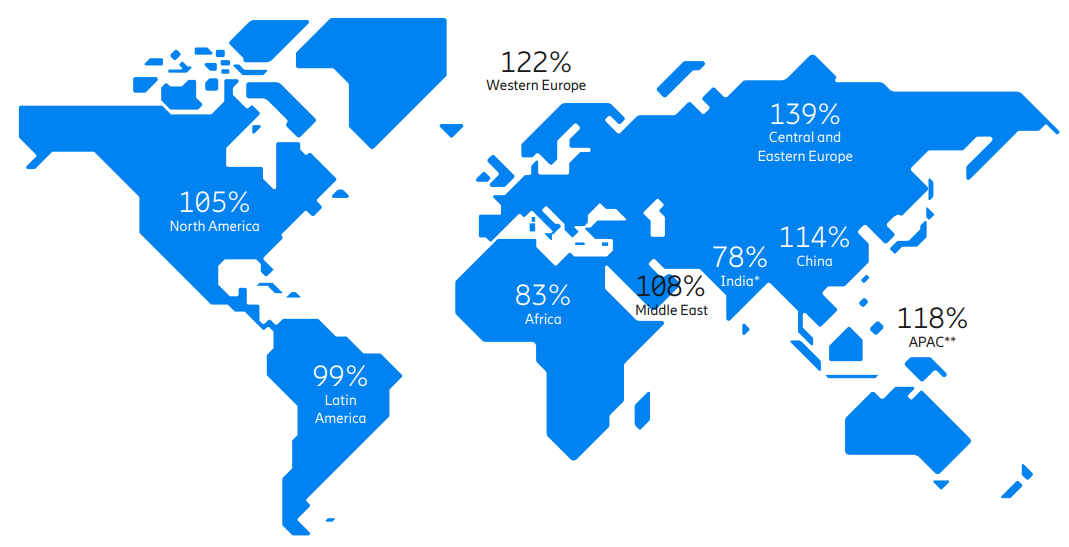
Ericsson Mobility Report provides industry-leading projections and analyses of the latest trends in the mobile industry, including subscription, mobile data traffic, and population coverage. Our forecasts are based on past and current data, validated with extensive network measurements. Read the report to learn about the latest figures for 5G, IoT, fixed wireless access, and more. […]

One of the most common questions I face every day What is Beamforming? How Beams are formed?, Actually I read some interesting topics from latest Huawei white paper about 8T8R Antenna Beamforming. let’s see the answer. What are the Principles of 8T8R Beamforming? Beamforming is a digital signal processing technology that can be implemented on […]
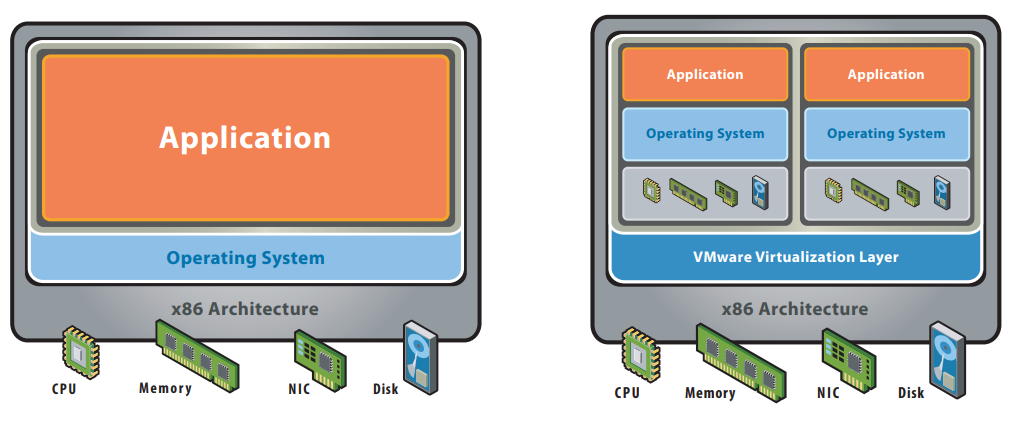
Introduction Simply put, virtualization is an idea whose time has come. The term virtualization broadly describes the separation of a resource or request for a service from the underlying physical delivery of that service. With virtual memory, for example, computer software gains access to more memory than is physically installed, via the background swapping of […]

NFV Architectural Framework The architecture that defines traditional network devices is fairly basic because both the hardware and software are customized and tightly integrated. In contrast, NFV allows software developed by the vendors to run on generic shared hardware, creating multiple touch points for management. The NFV architectural framework is developed to ensure that these […]
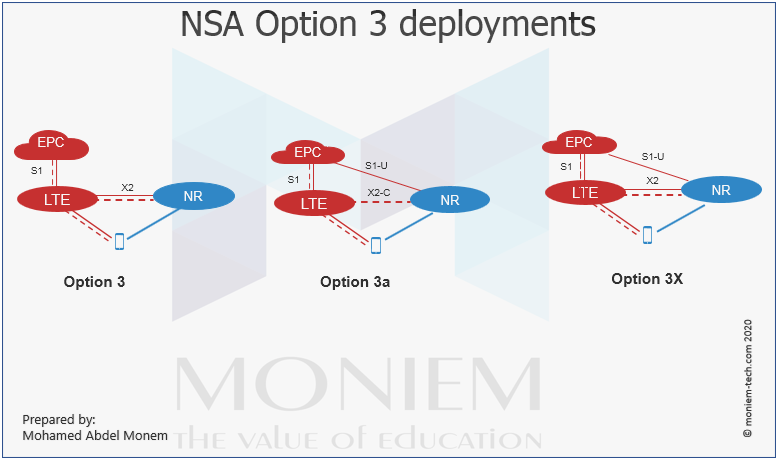
Option 3 Introduction The initial deployments of 5G services are based on 5G NSA, also called option-3. The variants of option-3 are option-3, option-3a and option-3x. Option-3/3a/3x is transparent to MME and P-GW and translates to an E-RAB modification procedure at MME. Option-3: Traffic is split across 4G and 5G at eNodeB. Option-3a: Traffic is […]

New Lab Demonstration Uses MU-MIMO Technology to Showcase 5G’s Vast Capacity Samsung’s 5G New Radio (NR) Access Unit (AU) supporting 28GHz spectrum. Using two test mobile devices, the demonstration achieved approximately 4.3Gbps speeds on each, reaching an industry peak speed of 8.5Gbps across both devices. In order to achieve the speed, two key technologies were used: carrier aggregation CA and […]

The Latest GSA’s Report for Q1 2020 As per GSA, the latest report for Q1 2020, 70 commercial 5G networks in 40 countries. What Is CU-DU Function Split? The main reason for CU-DU Split function is the high required front-haul transmission BW in 5G NR that may equal or exceed 160 Gpbs to support the […]

Introduction The 2nd phase of 5G is being finalized in 3GPP, with the Rel-16 version of the specifications being frozen around June 2020. The 3GPP Plenary meetings in December 2019 decided the work program for the set of features to be included in Rel-17, which is scheduled for completion 15 months after Rel-16. Release 16 […]
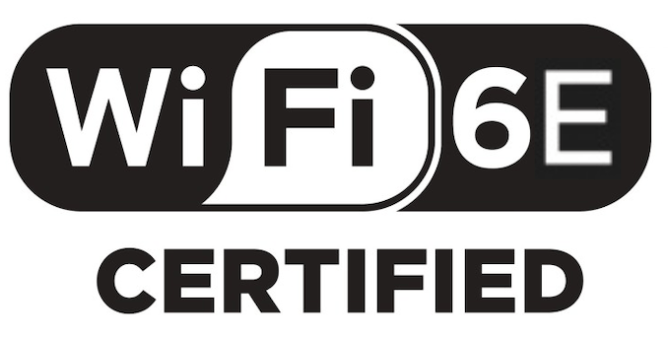
FCC approves Wi-Fi 6E, allowing unlicensed use of 6 GHz band for Wi-Fi Before going to explain WiFi 6E, First, let’s remember WiFi 6. Wi-Fi 6 and previous generations of Wi-Fi use the 2.4 GHz and 5 GHz radio bands. A “Wi-Fi 6E” device is one that is capable of operating on the 6 GHz […]

Interesting Figure from OoKla about the Mobile Speeds in Europe – France ranks the First for mobile download speed. – Spain showed the fastest mean upload speeds on mobile at 13.12 Mbps during Q3-Q4 2019. Rakuten Mobile Rocks! When Rakuten will launch 8th April, it will be with one plan only, UN-LIMIT, priced at 2980 […]
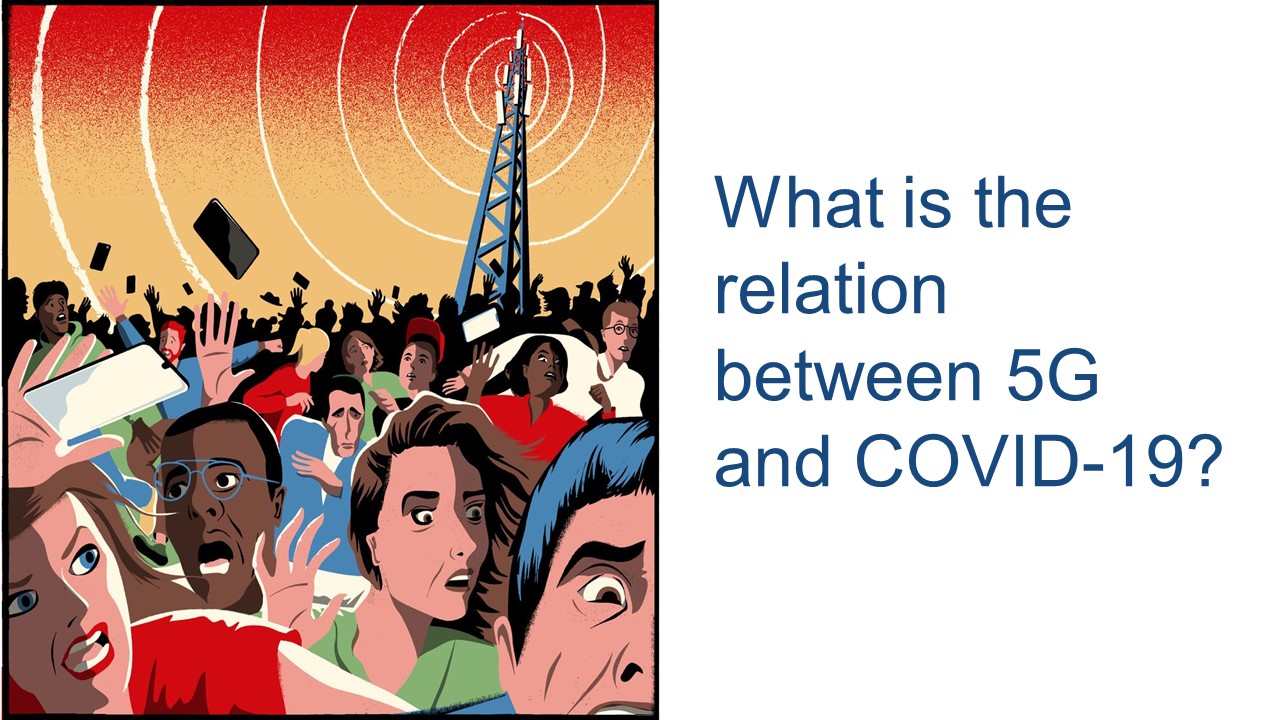
Really I am writing this article due to two reasons, First that I received many questions about Is 5G Safe for Human? and Second that I shocked when I saw some of the social media posts on Facebook and Twitter that point out that the main reason for COVID-19 is 5G or using some 5G […]
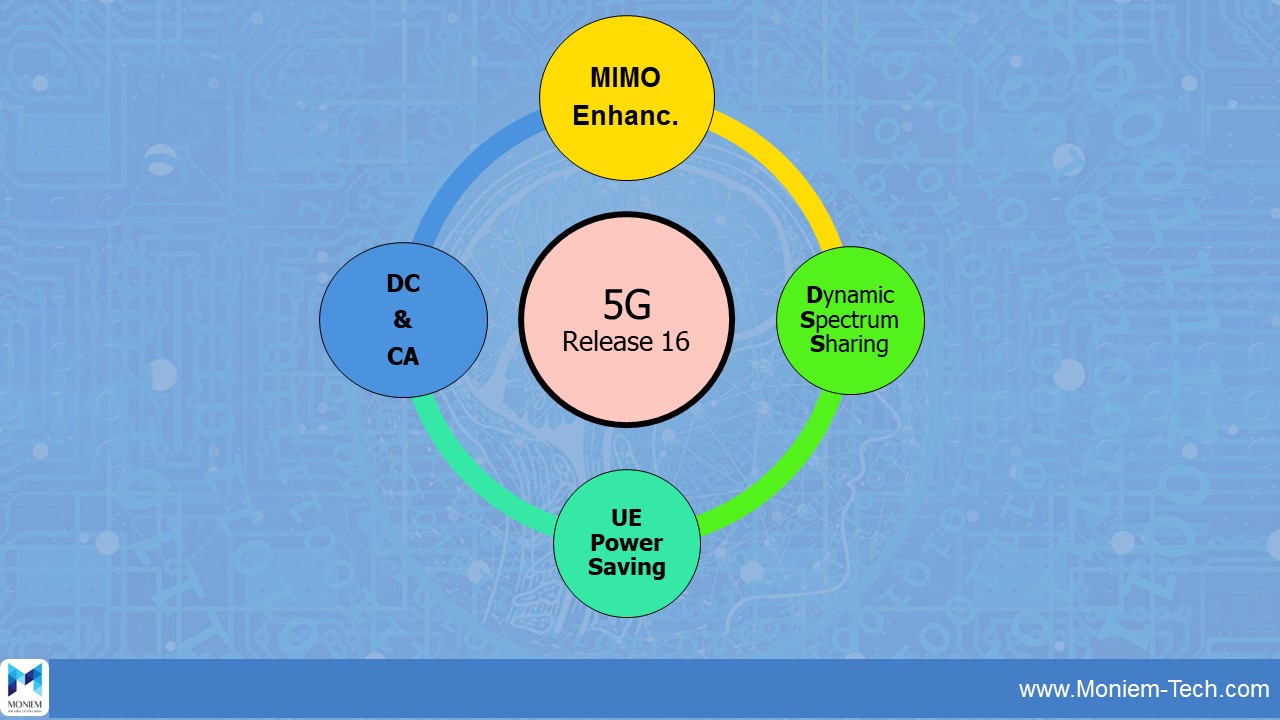
Release 16 is designed to be an 18-month project that wraps up at the end of 2019. The three key performance indicators for 5G are faster peak rates (the enhanced mobile broadband, eMBB), more connections per cell (massive machine-type communication, mMTC), and lower latency (ultra-reliable low-latency communications, URLLC). Most of Release 15 focused on the […]

As per the Ericsson Mobility Report, November 2019, by the end of 2025, we expect 5G to have 2.6 billion subscriptions covering up to 65 percent of the world’s population and generating 45 percent of the world’s total mobile data traffic, making it the fastest developing mobile communication technology to have ever been rolled out […]

What is Virtualization? Virtualization means decoupling software from hardware, enabling mobile network operators to handle dynamic and challenging use cases, such as enhanced mobile broadband (eMBB), massive connectivity (mIoT), and ultra-reliable and low latency communications (URLLC). It allows you to use a physical machine’s full capacity by distributing its capabilities among many users or environments. […]
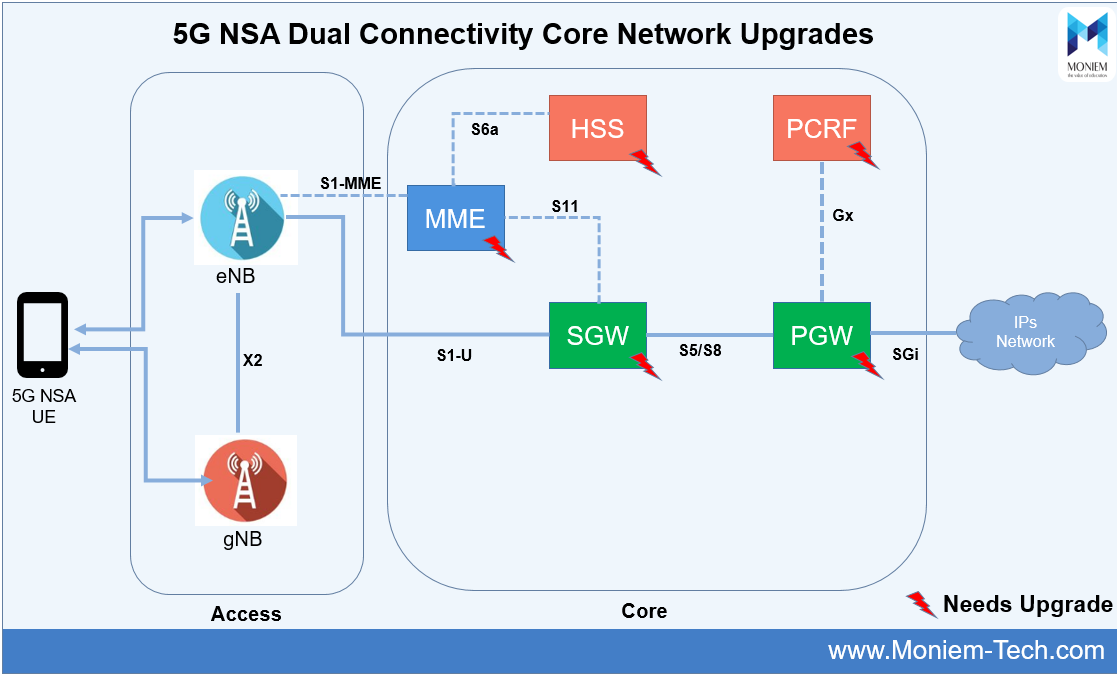
At first, we need to identify the meaning of word EN–DC, It’s E-UTRAN New Radio Dual Connectivity. Simply it means the possibility of UE to get simultaneous data from LTE eNB and 5G gNB. In EN-DC, the radio access network is composed of eNBs (eNodeBs) as the master node and gNBs (gNodeBs) as the […]
